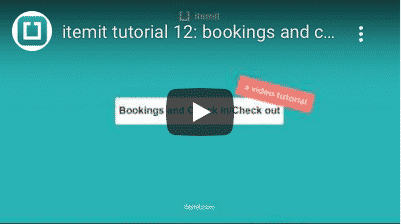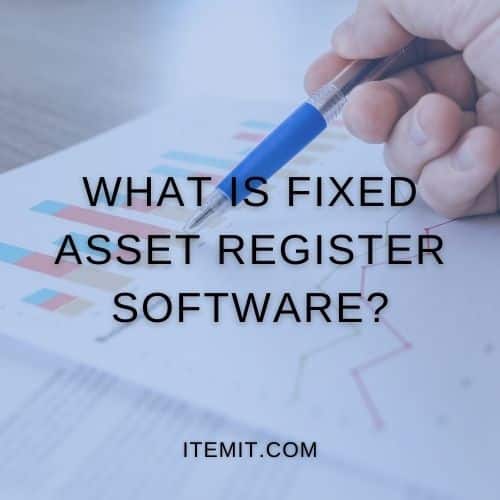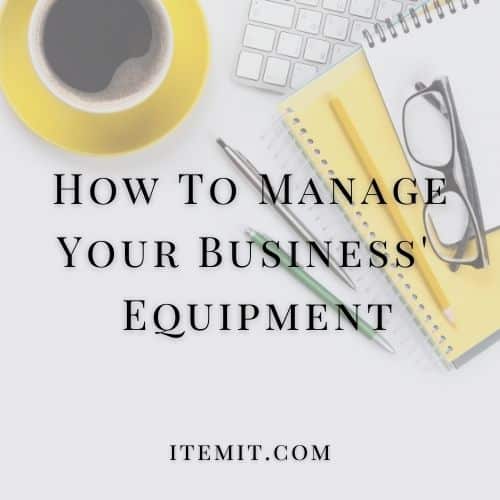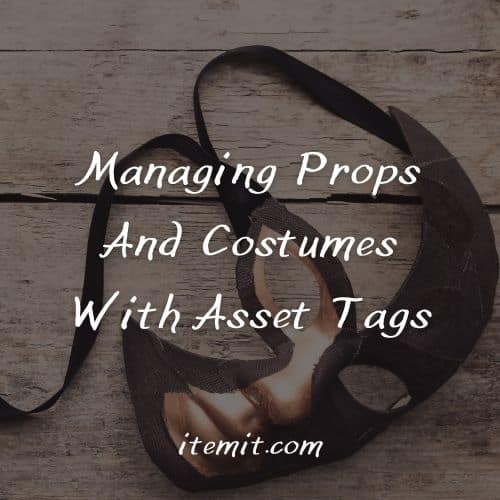Why You Need Hospital Asset Tracking Software
Hospital asset tracking software will help you speed up your operations, keep your equipment running, and make your life easier. When it comes to healthcare asset tracking, speed, efficiency, and automation are crucial.
Using hospital asset tracking software enables you to keep your operations simple and speedy, allowing you to create a fully automated and effective asset register.
Any time data related to one of your assets changes, therefore, this change can be logged and updated within your asset management system with ease. These updates will happen in real-time across your system, as it will be hosted in the cloud.
![]()
How Does Healthcare Asset Tracking Software Work?
Healthcare asset tracking software has developed to suit the needs of a busy environment. In the past, it was a more simplistic system but has now grown to be something automated.
The core features and needs are still there in the system, but a lot more functionality has been added and updated to suit your asset tracking requirements.
So, at its core, asset tracking software works by giving you the ability to log unique digital profiles of assets. These digital profiles can have data added to them, such as maintenance information and reminders for preemptive maintenance.
Then, you’ll link these digital profiles with the physical equipment using asset tags. Every time you scan an asset’s tag, the last seen location of the asset will update, and the asset’s profile will open, ready for updates and edits.
Hospital asset tracking software will help you speed up your operations, keep your equipment running, and make your life easier. When it comes to healthcare asset tracking, speed, efficiency, and automation are crucial.
Using hospital asset tracking software enables you to keep your operations simple and speedy, allowing you to create a fully automated and effective asset register.
Any time data related to one of your assets changes, therefore, this change can be logged and updated within your asset management system with ease. These updates will happen in real-time across your system, as it will be hosted in the cloud.
How Does Healthcare Asset Tracking Software Work?
Healthcare asset tracking software has developed to suit the needs of a busy environment. In the past, it was a more simplistic system but has now grown to be something automated.
The core features and needs are still there in the system, but a lot more functionality has been added and updated to suit your asset tracking requirements.
So, at its core, asset tracking software works by giving you the ability to log unique digital profiles of assets. These digital profiles can have data added to them, such as maintenance information and reminders for preemptive maintenance.
Then, you’ll link these digital profiles with the physical equipment using asset tags. Every time you scan an asset’s tag, the last seen location of the asset will update, and the asset’s profile will open, ready for updates and edits.
How Has Hospital Asset Tracking Software Developed?
Hospital asset tracking software has since grown to become much more automated and reliable. This is largely thanks to developments in RFID integrations.
It’s essential to audit healthcare assets as much as possible to verify that everything is still accounted for and working effectively. QR code asset management has developed to make this a lot faster and a lot simpler.
With features such as quick add and location tracking, you’ll be able to update which assets are in which wing instantly and with ease, for example.
When it comes to a hospital environment, however, this operation isn’t always applicable. There is a need to scan from a distance some of the time so that procedures aren’t disrupted, for example.
With RFID, you’ll be able to use handheld or fixed readers to audit and account for assets from a distance. Other than the distance, handheld readers work in much the same way as scanning QR codes. Fixed RFID, however, provides you with a lot more automation.
Fixed RFID Asset Tracking
With fixed RFID asset tracking, you’ll be able to audit and account for assets with minimal interaction.
Using fixed RFID readers placed in strategic locations, every time an asset moves between one on-site location and another, this change will be reflected in your healthcare asset management system. These readers will be able to detect if an asset is coming or going, too, totally automating this operation.
With itemit, you’ll be able to mix and match functionality, so you’ll be able to couple your fixed RFID tracking with your QR code asset management.
Therefore, every time you need to update an asset’s information, you can speed this up by scanning the QR code, while also updating the asset’s locations hands-free.
Then, you’ll be able to run reports on your asset data and export them to optimise your operations further. Overall, you get a robust and transparent system which shows you where all of your assets are and what state they’re in.
To find out more, you can book a demo with the itemit team using the button below.
You can also start your free trial by filling in the form below, or contact the team at team@itemit.com.
Why not check out these blogs?
The Best Construction Tool Tracking App Features
What Is Fixed Asset Register Software?
How To Manage Your Business’ Equipment
Start Using Healthcare Asset Tracking Software Today!
Start your free 14-day trial now
Instant access. No credit card details required.





